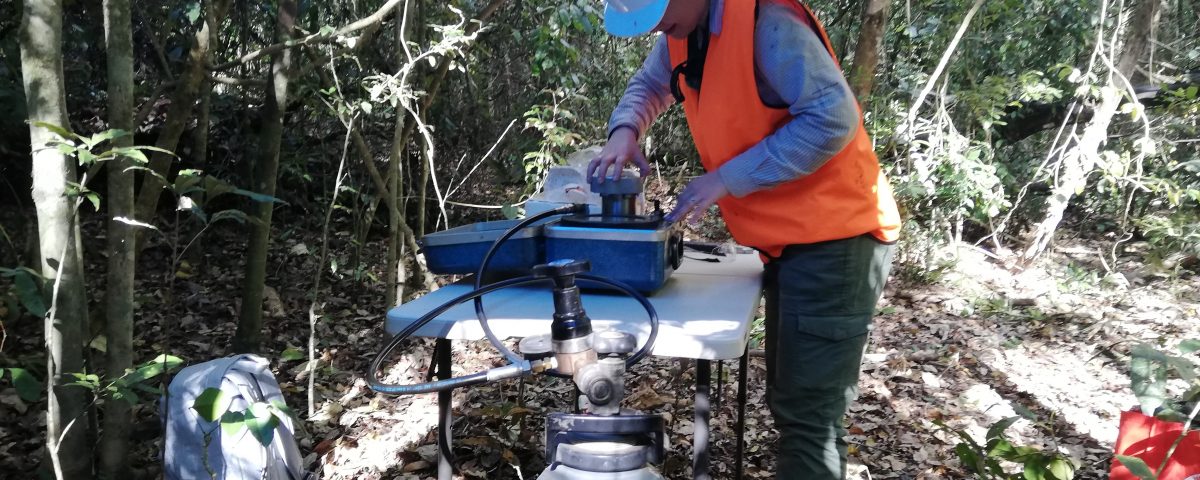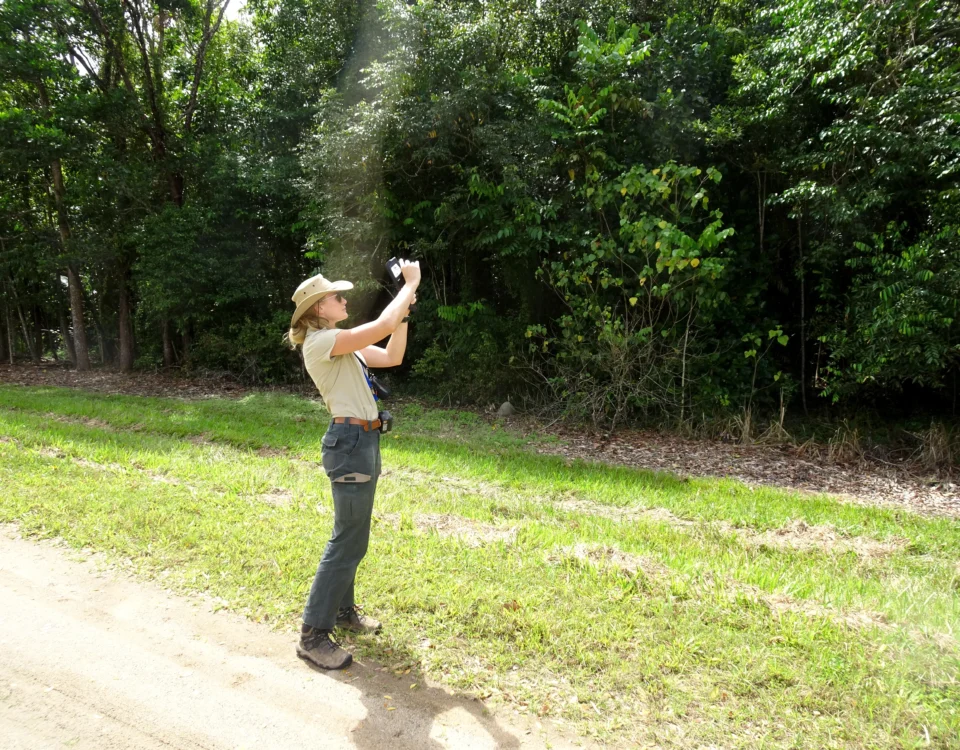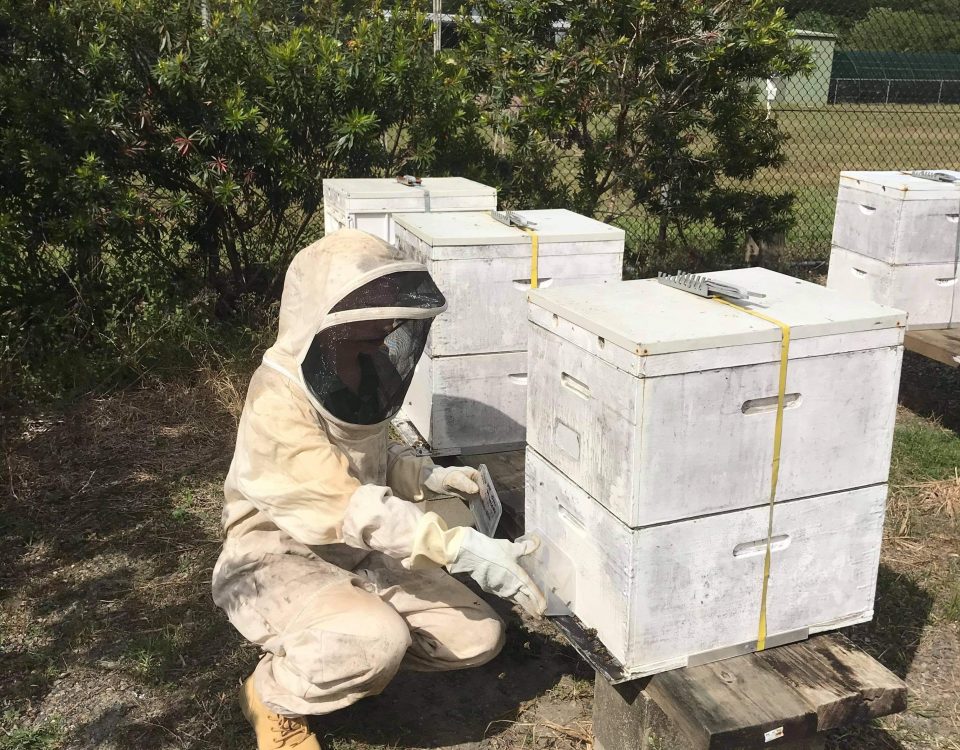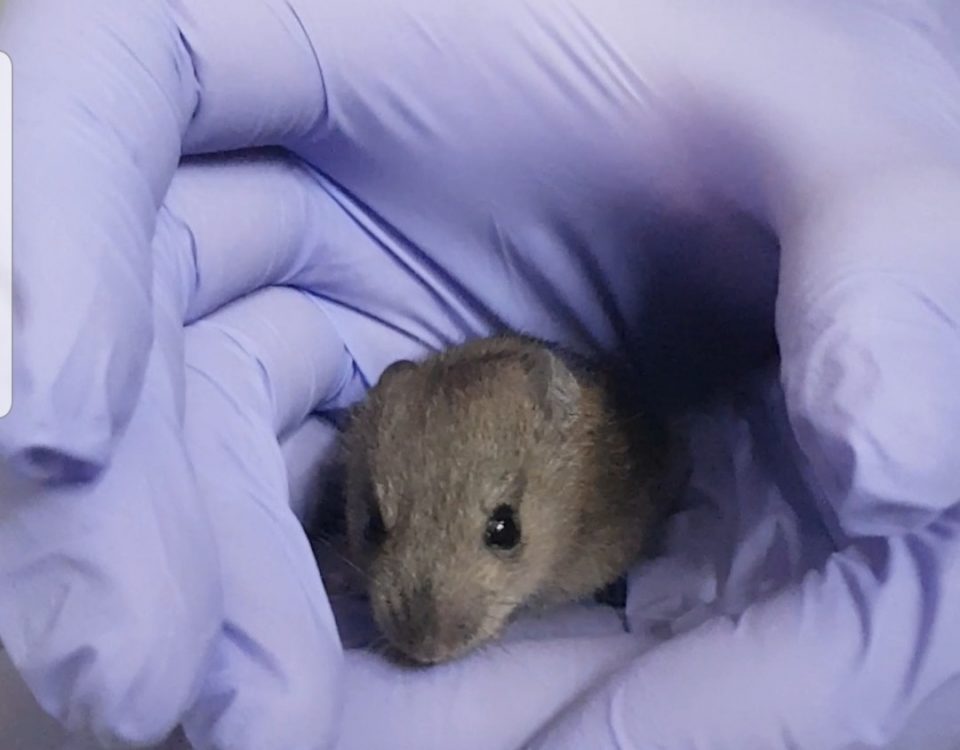Adriana Vega Grau

Tropical tree water use, functional traits and the source-to-xylem water isotope relationship.
S ince the project nominated start date (2/Oct/2020), I was able to meet the main milestone of completing the data collection in Exp. 78 in Danbulla at the end of the dry season as per the timetable on October 2020, and which also finalises the data collection for my PhD project. Since then, I have also finalised my thesis Chapter II manuscript (conducted in Cape York), which has now been submitted to Science of the Total Environment. I also started the writing of Chapters III and IV (described below), for which the data was collected in Oct 2020. The isotopic analyses for this data, which the SRF Student Research Grant helped fund, were received at the beginning of March 2021. However, I have been unable to start the analyses due to two separate reasons. First, I was asked to help in the analyses and subsequent discussion of a manuscript of a previous student of my supervisor (John Herbohn) which was already in review and which took a month of work. Second, we decided to conduct an additional field trip in March to the site in Danbulla to address several issues we had found with our installed soil moisture and sap flow sensors and collect some additional data (which will not be part of my PhD project). Organization and planning for this field trip, which included additional analyses to diagnose issues, took several weeks of work.
During our data collection in October 2020, we collected: 1) xylem samples from the previously sampled 46 species, plus replicates for a subset of species (total 67 trees), within 2 hours on a single day and 2) xylem and inner bark samples from the monitored species (Argyrodendron peralatum and Dendrocnide photinophylla) and from 6 additional species at pre-dawn (4:00am), early morning (7:00am), mid-morning (9:00am) and noon (12:00pm) over six consecutive days. Additionally at pre-dawn and midday, we collected branch samples to measure leaf water potential from each of the sampled trees. We also collected 1-meter deep soil samples across the plot and 5-meter deep soil samples in the forest edge near the site entrance. In addition, we installed one temperature and relative humidity sensor on site to record onsite live VPD during our entire sampling.
The sampling was planned for the end of the dry season, where the trees would be expected to be most water stressed, and in fact, we found it to be the driest we have recorded since we have been monitoring soil moisture on site. This was also confirmed by rainfall data (Robson Creek and Tinaroo Dam Station).





